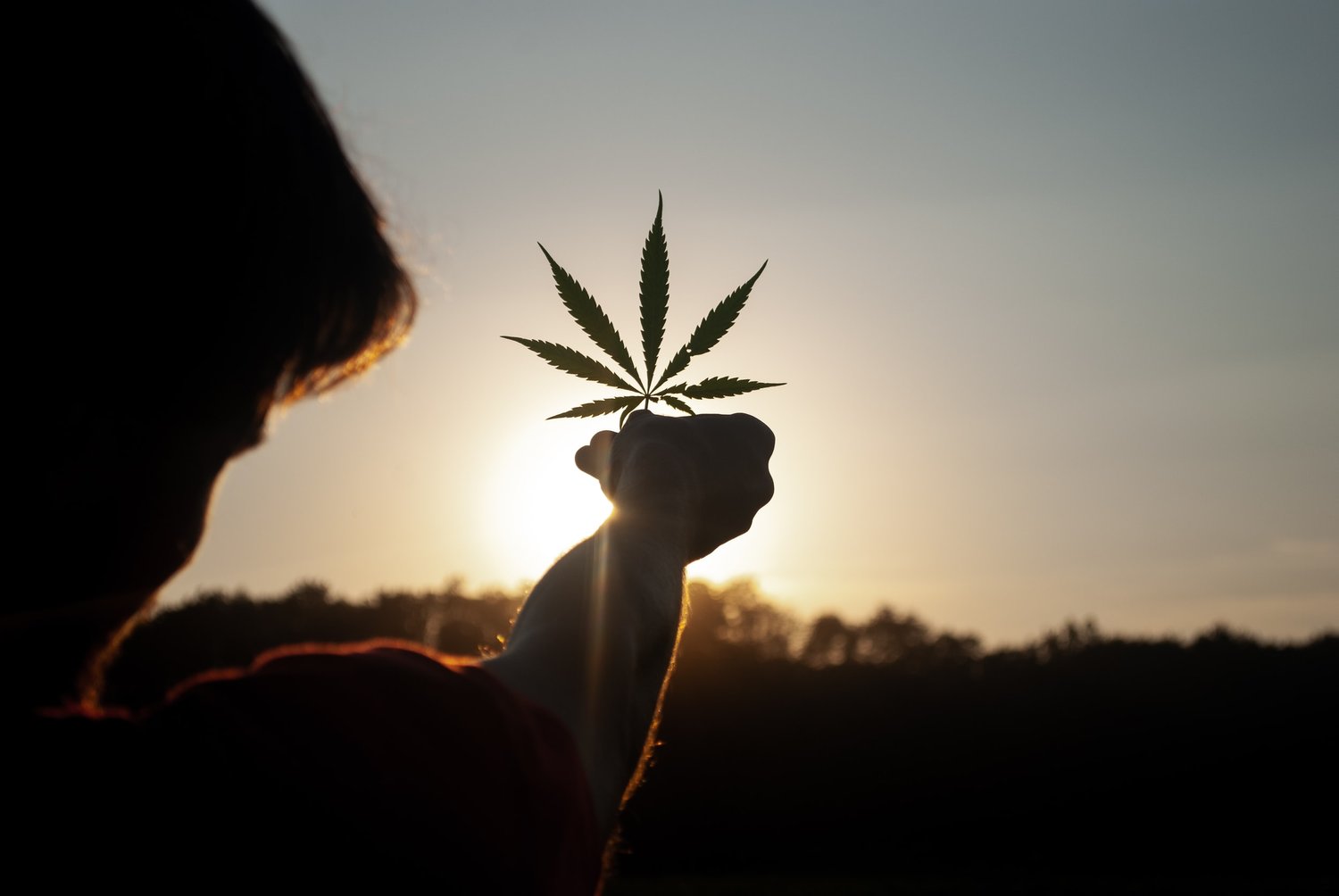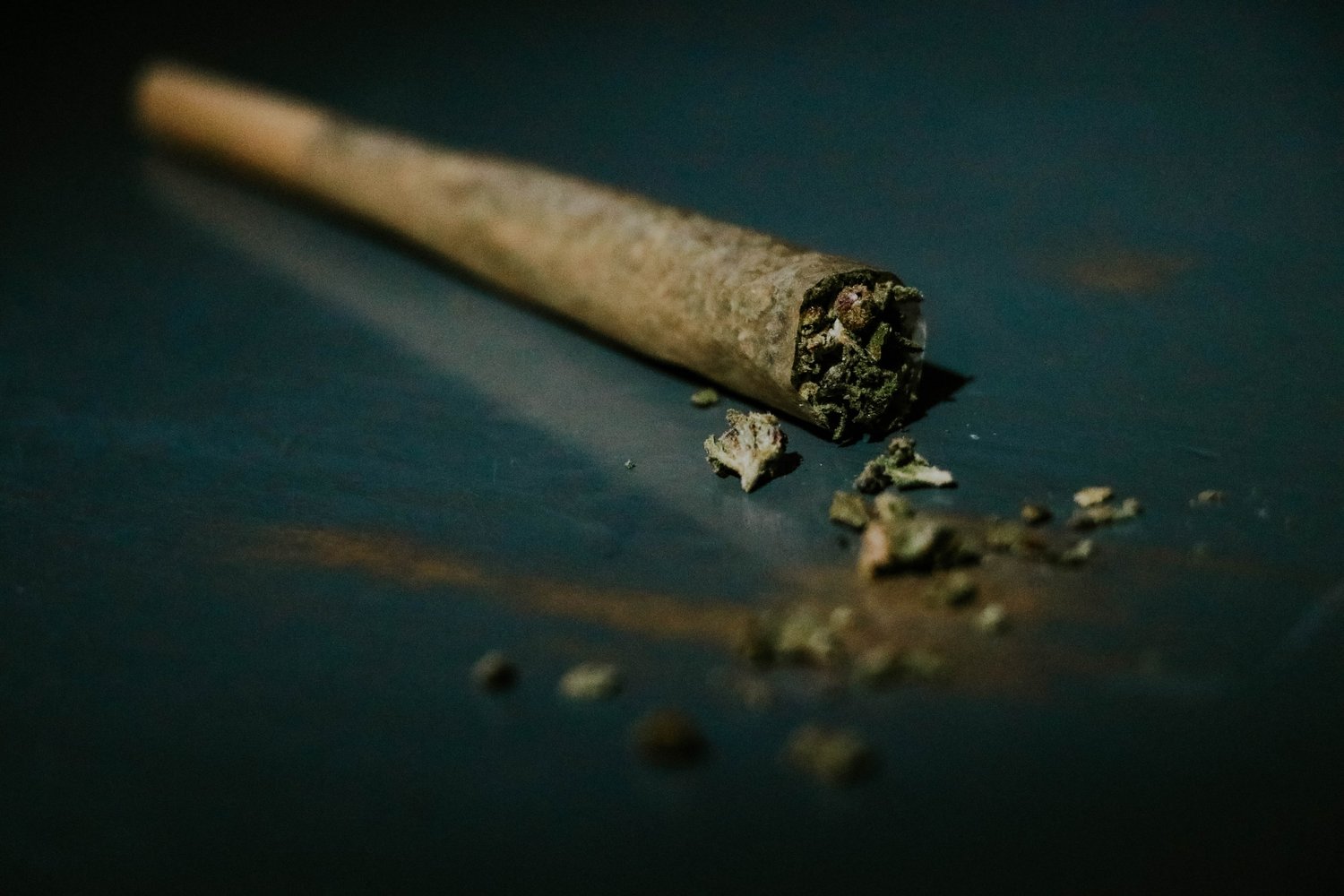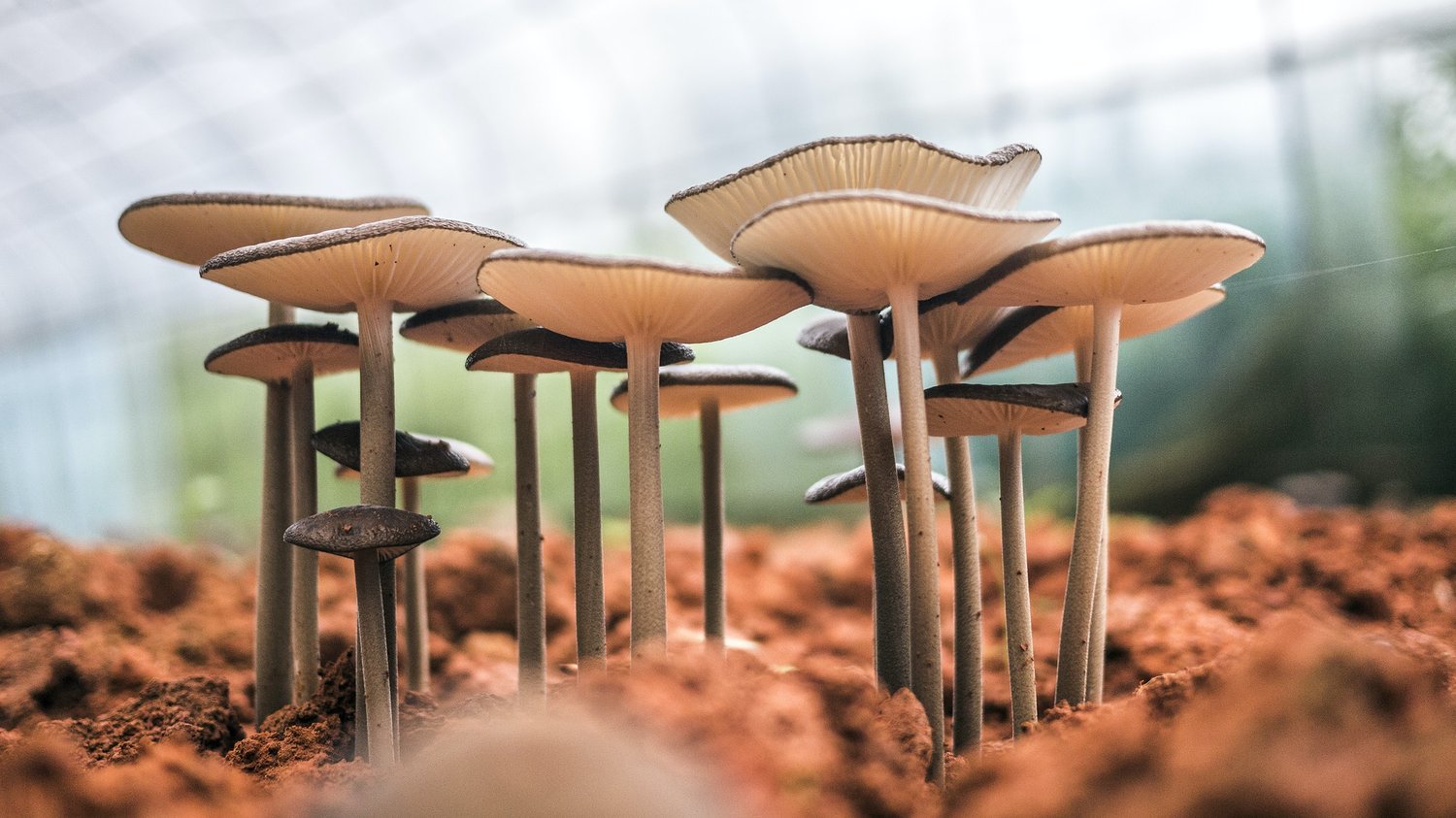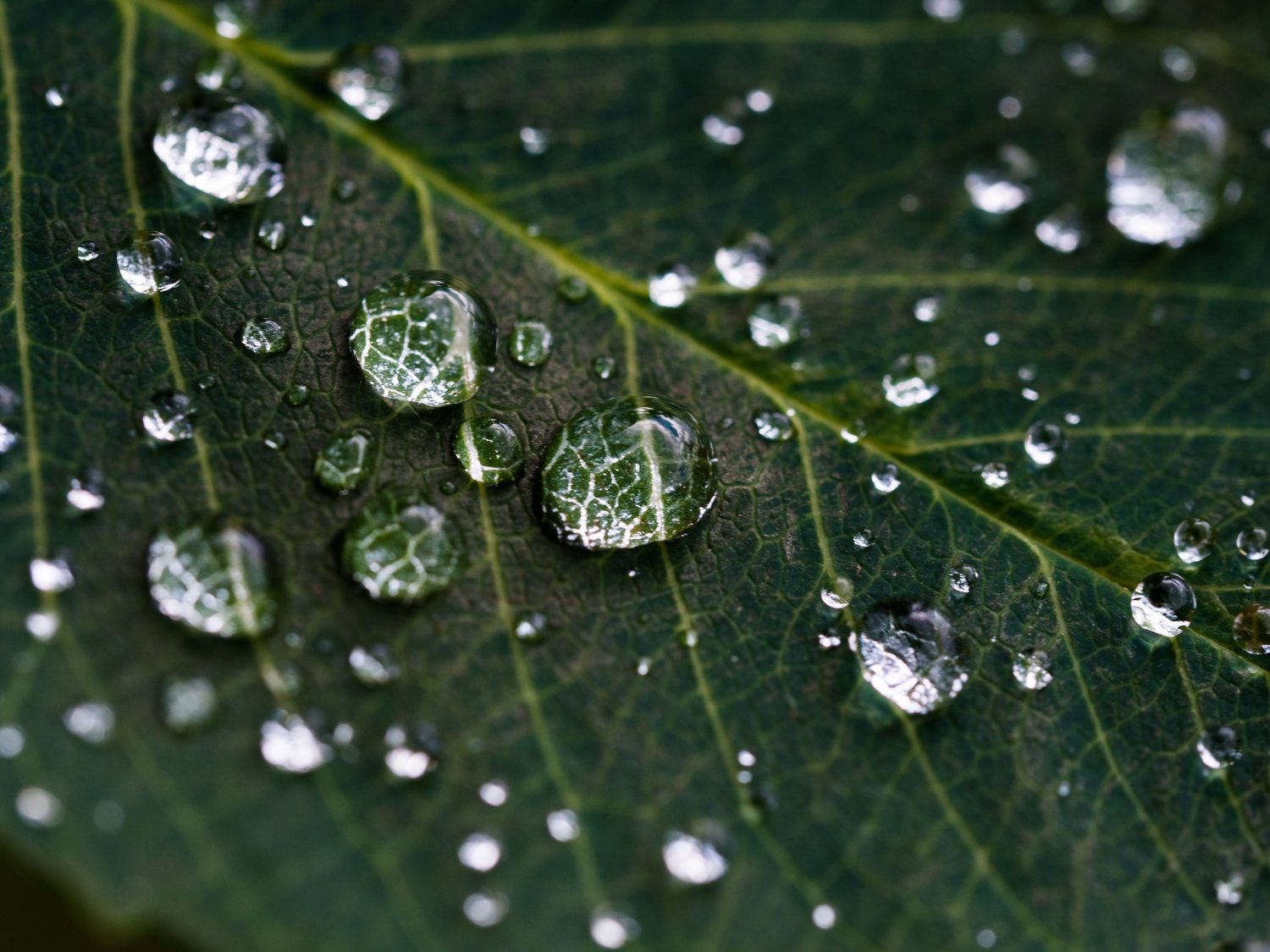WHAT ARE CANNABIS, MUSHROOMS, & PSYCHEDELICS?
DO THEY REALLY WORK?
The rigid boundaries of allopathic medicine have loosened somewhat of late. A trend of legalization of cannabis, mushrooms, and some other psychedelic drugs for medicinal purposes has brought some eastern wisdom over to the west. This has been hailed as an amazing advancement in the field of healthcare.
Yet the age-old debate of legalization and decriminalization has escalated to justify the recreational use of cannabis. This has resulted in a new trend of complete legalization for medical and recreational use which began in 2013 with Ukraine. In 2018, Canada followed suit and so did many US states. At present, 10 states allow the use of marijuana or cannabis for recreational and medical purposes while 33 states have legalized its medical usage.¹

At the center of this wave of legalizations lies the solemn belief in the benefits of marijuana, mushrooms, and psychedelics. They are being recognized as these magical solutions to the greatest failures of allopathic medicine.
The medical literature coming out is pointing out some short-term beneficial effects of these substances. That, in turn, is driving the bandwagon of decriminalization all over the world. The research is being cherry-picked for political purposes and that has shrouded the truth in the fog of myth. A global bias has come into existence which has created a tunnel vision that sees only sunshine and rainbows while deliberately ignoring the lengthening shadows at the peripheries.
Yet beyond the realm of political bias and agendas, lies the domain of truth. And that is where I’ll take you today. Let’s examine both sides of the coin and balance the stakes.
CANNABIS
Cannabis, popularly known as “weed” or “marijuana”, has been in use for recreational purposes owing to its euphoric effects. We need to dig into the details of this drug which has been previously known for its detrimental effects on health.
Cannabis has two active ingredients, Cannabidiol (CBD) and Tetrahydrocannabinol (THC). They stimulate cannabinoid receptors in the brain and modulate the levels of chemicals e.g. dopamine in the brain to produce their effects.
USES:
They have the following useful effects:
- Cannabinoids interfere with the neuronal pain pathways to produce chronic pain relief.
- They are used to treat various mental conditions such as depression, anxiety, PTSD, autism. They are known to slow the development of Alzheimer’s disease.
- In a study conducted on children with a specific type of seizure disorder, Darvet Syndrome, the use of cannabinoids shows a significant reduction in seizure episodes as compared to a placebo.² Mouth spray of cannabis helps relieve spasticity in Multiple Sclerosis.
- Their use has been proposed for the treatment of cancer as they slow the growth of cancer cells and are believed to kill them. They also treat Chemotherapy-induced nausea and vomiting.
- Additionally, they are used for the management of glaucoma, weight loss, diabetes, Obstructive Sleep Apnea, and fibromyalgia. They are also used to manage alcohol and opioid dependence.³

HARMFUL EFFECTS:
On the flip side of the coin, the harms which hinder the legalization of cannabis are the following: ¹
- The early use of cannabis in children interferes with brain development and produces associated detrimental effects. The short term effects include low IQ, cognitive and memory impairment
- Prolonged use of cannabinoids produces drug dependence and tolerance. It has been associated with the development of schizophrenia and increased incidence of suicide, risk of cardiovascular and cerebrovascular disorders.
- Smoking cannabis produces bronchitis and COPD.
- A positive association between cannabis and testicular cancer has also been proposed.
PSYCHEDELICS
These are hallucinogenic drugs that produce changes in perception, emotion, cognition, and facilitate spiritual effects.
This class of drugs includes LSD, Mescaline, Dimethyl Tryptamine (DMT), MDMA, etc. They produce their effects by stimulating serotonin receptors in the brain.
POTENTIAL USES:
Their beneficial effect is suspected in the treatment of anxiety, depression, obsessive-compulsive disorder (OCD), and Post Traumatic Stress Disorder (PTSD).⁴
HARMFUL EFFECTS: ⁵
The consumption of these substances produces altered consciousness, mood changes, dizziness, memory impairment, sleep disruption, arousal, tremor, paresthesia, distorted senses, etc. They are addictive and produce withdrawal symptoms and tolerance.
- Their long-term use can cause a syndrome of excessive effects of serotonin, Serotonin Syndrome. It can also lead to psychosis and related disorders. The person experiences visual flashbacks from the past, a condition known as Hallucinogen persisting perception disorder.
MUSHROOMS
Magic mushrooms are known for their hallucinogenic effects. They contain a chemical called “Psilocybin” which stimulates serotonin receptors in the brain to produce emotional, spiritual, and psychological effects.
POTENTIAL USES:
They are currently being investigated for their use in the treatment of depression, anxiety, cluster headache, Alzheimer’s, anorexia, and PTSD. ⁶
HARMFUL EFFECTS: ⁷
- Short-term effects of its use include altered perception of time, place, and senses, paranoia, delirium, psychosis, euphoria, etc. It also produces physical effects such as muscle weakness, nausea, vomiting, accelerated heart rate, blood pressure, temperature, etc.
- There is a risk of long-term personality changes and accidental poisoning.

BOTTOM-LINE:
The somewhat brief account of the useful and harmful effects of these substances makes things a little bit clearer. It is noteworthy to understand that most of the famed therapeutic effects of these substances are still being investigated, especially when it comes to psychedelics and mushrooms. They have the potential to be used for certain ailments yet the medical evidence to back that up is still lacking. A choice few researches that have pointed out these potential benefits are being blown out of proportion to serve political agendas.
There is no doubt that there have been quite a few cases of miraculous recoveries after the usage of medicinal cannabis. And its continued usage in controlled medical environments with the right amount of caution may well outweigh the harms.
However, there is a catch. The usage of these drugs and consequently their trials for research purposes have not yet gone on for long enough for us to be sure that we have found out all the harmful effects that they may cause. The reality of long-term side effects is still engulfed in a fog that only time and continued research will help resolve. That is why caution is an absolute necessity.
Despite the multitudes of confirmed and potential benefits of these substances, however, their recreational use is something that cannot be medically justified. And that is the bottom line.

ENDING NOTE:
We at LiveYounger believe in living a happy and healthy life. To this end, knowing what choices to make for our own well-being is extremely important. We believe that happiness comes from a purposeful life that the pleasures of recreational drugs cannot match. We believe in keeping our bodies young to avoid all the terrible diseases that old age burdens us with. To learn more about our goals, take a look at my book Lead A Horse To Water. ⁸
Thank you for reading!
“THERE IS NO DOUBT THAT THERE HAVE BEEN QUITE A FEW CASES OF MIRACULOUS RECOVERIES AFTER THE USAGE OF MEDICINAL CANNABIS. AND ITS CONTINUED USAGE IN CONTROLLED MEDICAL ENVIRONMENTS WITH THE RIGHT AMOUNT OF CAUTION MAY WELL OUTWEIGH THE HARMS.
HOWEVER, THERE IS A CATCH. THE USAGE OF THESE DRUGS AND CONSEQUENTLY THEIR TRIALS FOR RESEARCH PURPOSES HAVE NOT YET GONE ON FOR LONG ENOUGH FOR US TO BE SURE THAT WE HAVE FOUND OUT ALL THE HARMFUL EFFECTS THAT THEY MAY CAUSE.”
— NIDAL SAKR
Bibliography
- G. M. Tawfik, M. R. Hashan, A. Abdelaal, T. M. Tieu, and N. T. Huy, “A commentary on the medicinal use of marijuana,” Trop. Med. Health, vol. 47, no. 1, pp. 1–4, May 2019, DOI: 10.1186/S41182-019-0161-X/METRICS.
- M. Koubeissi, “Anticonvulsant Effects of Cannabidiol in Dravet Syndrome,” Epilepsy Curr., vol. 17, no. 5, p. 281, Sep. 2017, doi: 10.5698/1535-7597.17.5.281.
- A. Behere, P. Behere, and T. Sathyanarayana Rao, “Cannabis: Does it have a medicinal value?” Indian J. Psychiatry, vol. 59, no. 3, p. 262, Jul. 2017, DOI: 10.4103/PSYCHIATRY.INDIANJPSYCHIATRY_208_17.
- L. R. Swanson, “Unifying theories of psychedelic drug effects,” Front. Pharmacol., vol. 9, no. MAR, p. 172, Mar. 2018, DOI: 10.3389/FPHAR.2018.00172/BIBTEX.
- K. W. Tupper, E. Wood, R. Yensen, and M. W. Johnson, “Psychedelic medicine: a re-emerging therapeutic paradigm,” C. Can. Med. Assoc. J., vol. 187, no. 14, p. 1054, Oct. 2015, DOI: 10.1503/CMAJ.141124.
- J. Daniel and M. Haberman, “Clinical potential of psilocybin as a treatment for mental health conditions,” Ment. Heal. Clin., vol. 7, no. 1, p. 24, Jan. 2017, DOI: 10.9740/MHC.2017.01.024.
- J. van Amsterdam, A. Opperhuizen, and W. van den Brink, “Harm potential of magic mushroom use: a review,” Regul. Toxicol. Pharmacol., vol. 59, no. 3, pp. 423–429, Apr. 2011, DOI: 10.1016/J.YRTPH.2011.01.006
- N.Sakr, “Lead A Horse To Water”.


